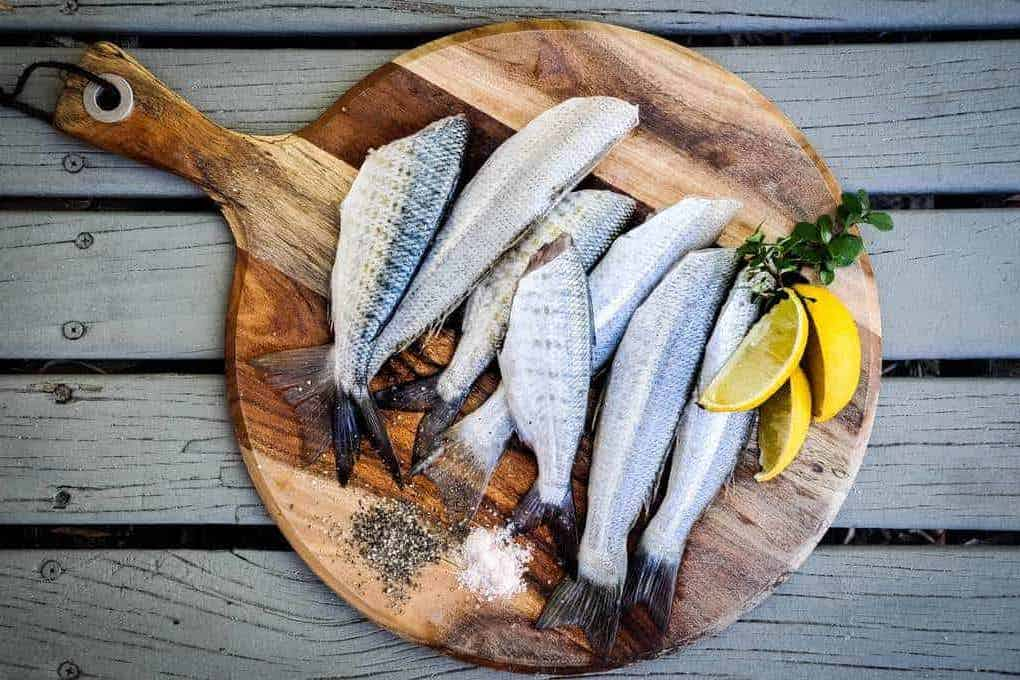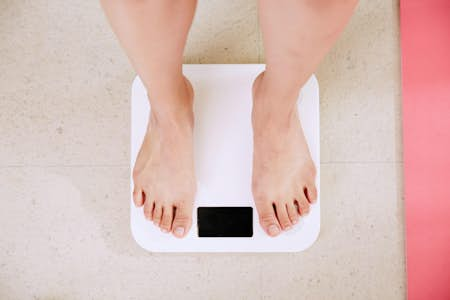Blue Zones are areas that have a high concentration of people living into their 90s and beyond. The Blue Zones are:
- Icaria, Greece
- Loma Linda, California
- Nicoya Peninsula, Costa Rica
- Okinawa, Japan
- Sardinia, Italy
Loma Linda, California residents are mostly Seventh Day Adventists; they do not follow the typical American diet nor follow a typical American lifestyle.
Frustrated with food waste or don't know where to start with a shopping list? Try a food subscription box to wash those worries away and put your diet - and finances - on the right track!
This is an important distinction to make, as it shows the dangers of applying the health characteristics of one area to an entire country.
While diet is often a focus when analysing these areas, many other factors unite them, including:
- Low-stress lifestyles
- Regular physical activity (walking, being active around the house, having active jobs)
- High family and social engagement
Does science back up the Blue Zones concept?
While Japan, Greece and Italy have high life expectancies overall, the United States and Costa Rica are mid-table.
Of course, there is a debate about whether the Blue Zones exist at all. Many of the countries on this list have poor records for birth certificates. A 2019 study found that when you only factor in proper birth certificates, there is a 69-82% fall in people who have reached the age of 110 or above (supercentenarians).
The study also found that Sardinia, Okinawa, and Ikaria are all regions that suffer from “low incomes, low literacy, high crime rate and short life expectancy relative to their national average.” Inadequate record-keeping or fraud could be reasons why more people appear to be living to remarkable ages.
Blue Zone areas may be statistical anomalies. However, Japan and Italy are two of the countries with the highest average life expectancy, and Greece is also high up there. Following the diets of these countries could well lead to a healthier and longer-lasting life.
What is the Blue Zone diet?
The Blue Zone Diet is a diet based on a 2004 study into areas of the world that have the oldest residents. The idea is that if you copy the diet and lifestyles of these areas of the world, you too will be able to live longer.
Are Blue Zones vegan?
No, none of the Blue Zone areas are vegan. However, all of the diets are primarily plant-based, with lower than average meat consumption. Many of the diets of Blue Zone populations contain a lot of fish. However, Okinawa is famous for its reliance on beef, pork, and goat!
What can you eat on the Blue Zone diet?
You can pretty much eat whatever you want if you are basing your diet on what people in Blue Zone areas eat. There are no particular restrictions. However, you should be looking to cut down on your meat consumption, increase your fish and vegetable consumption, and eat more legumes.
Alcohol intake is allowed but in moderation. Interestingly, several studies have shown moderate drinking may be better than no alcohol consumption, with teetotallers taking more sick days off work.
What do people who live in Blue Zones eat for breakfast?
It would be difficult to list the differing breakfasts of all of the Blue Zone areas. The breakfast of a Sardinian and an Okinawa resident would be completely different.
One thing that does stand out, though, is that breakfast is rarely that big of a deal, unlike in Britain or most of the US where breakfast is considered the most important meal of the day.
Sardinians may have a slice of bread and cheese, or a pastry and a cappuccino.
In Okinawa, people eat miso soup, rice, fish, and vegetable dishes, or even meat for breakfast.
Should I follow the Blue Zone diet?
There are many benefits to following a diet based on the foods of the Blue Zone areas, but there are potential issues with doing so.
Firstly, as we mentioned earlier, the average lifespan could well be inflated (due to inadequate record-keeping, fraud, or illiteracy).
Secondly, the areas have vastly different cuisines. Italian food is nothing like Japanese food, while Greek food is nothing like the diet of Seventh Day Adventists in California.
You may do better following the Mediterranean diet, which is a good combination of Italian, Greek, and Spanish lifestyle principles.
You can also take parts of the diets that you like, and then base your diet around the following principles:
- Eating more vegetables and legumes
- Eating more fish and seafood
- Lowering your meat intake
- Keeping your alcohol intake to modest levels
- Putting more emphasis on lunch and dinner
One thing that all the Blue Zone areas seem to have in common is a lower calorie intake. They just don’t eat as much as everyone else! Smaller portions, less snacking, and less calorie-dense foods.
Understanding the Blue Zone diet
Another thing to consider is the non-dietary factors. Many of the Blue Zone cultures revere their elders, and family tend to stay together for longer. This may mean older members have a closer eye on them than older people in Britain.
There is also social engagement, which serves the same purpose of ensuring less isolation. A more active social life means more steps walked each day, more low-impact exercise. This can improve cognition (brainpower) as well as cardiovascular fitness. It can also help keep your weight down.
There is a tendency in countries like Britain and the US to try and cherry-pick aspects of different cultures as a way to extract the benefits. But this approach can miss the wood for the trees.
Does Okinawa have older people because they eat noodles? Or is it a whole host of factors? You don't need to follow the diet of a mountainous area in Costa Rica to live a healthier life. You need to understand what the people living there are doing, and why.
- Be more active
- Eat more vegetables
- Avoid binge drinking and high-calorie fast food
- Talk to family and friends more, and avoid isolation
Do this, and you can expect to lead a healthier, more independent lifestyle as you age, and you may also live longer!
Natalie Burrows from Integral Wellness agreed, telling Health Times: "We are so often looking for the magic pill that will transform our existence yet by seeking this, we don't appreciate that it's a combination of factors that feed into longer life expectancy in locations such as the Blue Zones.
"A Mediterranean diet has been proven to be beneficial and yet in the UK, our food choices average 50% ultra-processed foods (in the USA it's over 50%). If we want to start somewhere, start with being more active and sociable, eating more vegetables, and reducing highly-process-low-nutrient foods. Get these main aspects in place then go deeper for your personalised needs."









